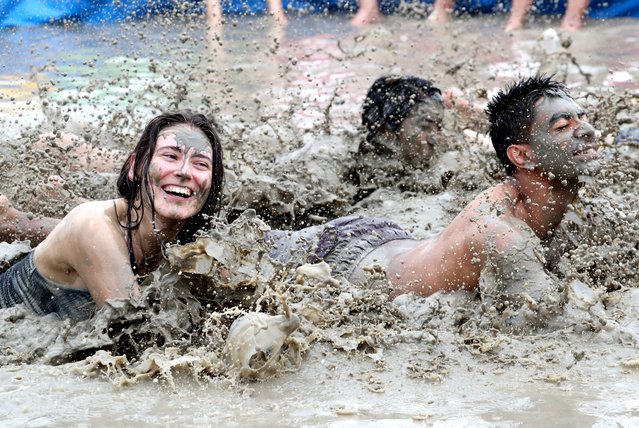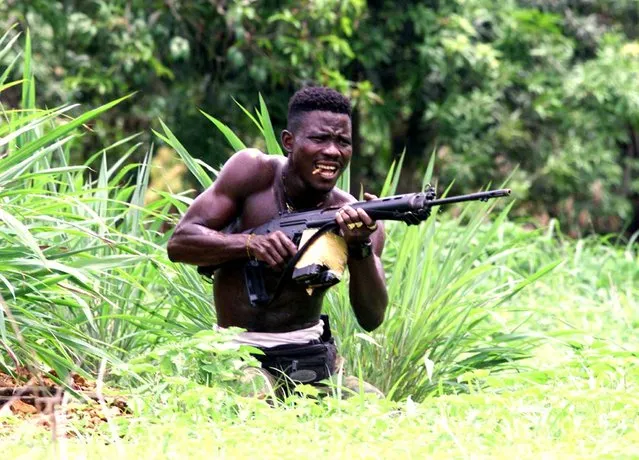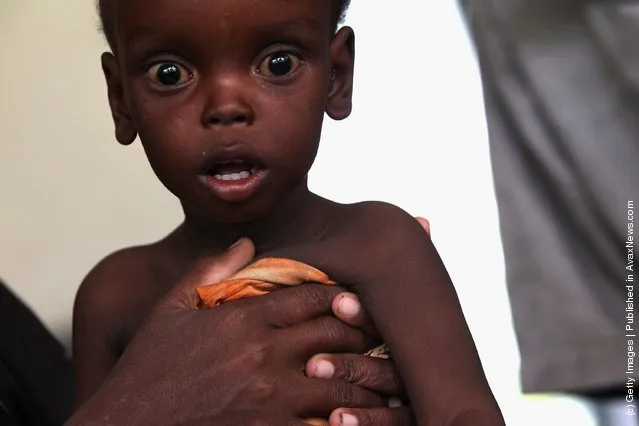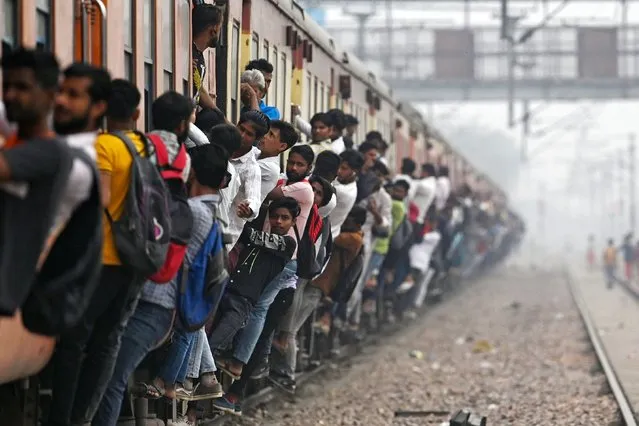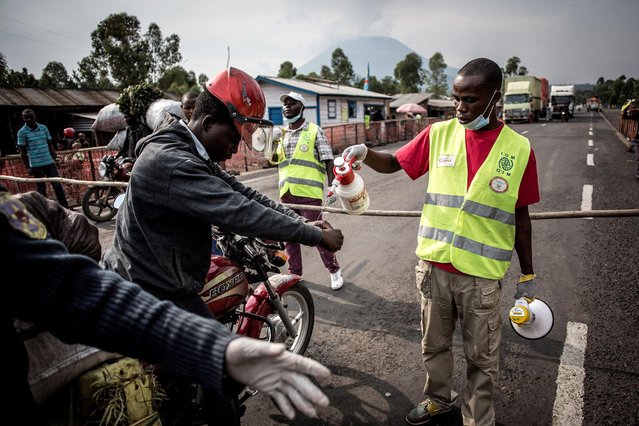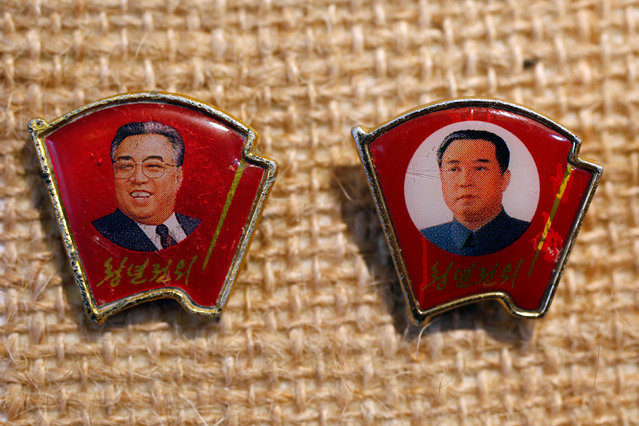
Two pins featuring former North Korean leader Kim Il Sung wearing different facial expressions are displayed in a glass case of Thomas Hui at his apartment in Hong Kong, China April 11, 2016. Collector Thomas Hui, 37, a former bank employee in Hong Kong, who is fascinated by North Korean pins and badges, has gathered over 100 featuring former leaders Kim Il Sung and Kim Jong Il, and has been buying and trading these Communist accessories since 2008. (Photo by Bobby Yip/Reuters)
13 Apr 2016 09:25:00,post received
0 comments

